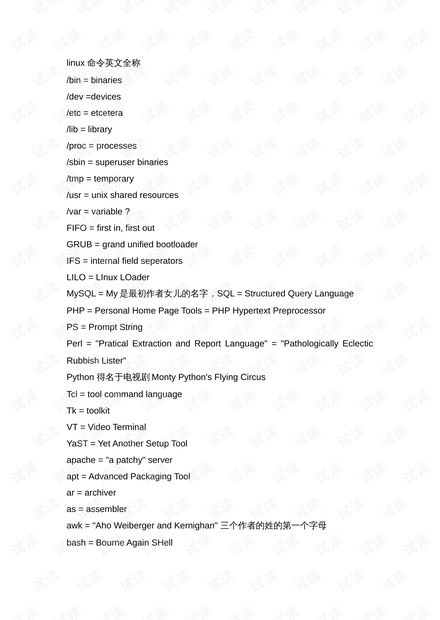windows英文,Introduction to Microsoft Windows
Windows 是微软公司开发的一款操作系统,其名称是英文。它主要使用于个人电脑、服务器、嵌入式系统等设备。Windows 操作系统提供了用户友好的图形用户界面,支持多任务处理、网络通信、文件管理等多种功能。Windows 系列包括 Windows 10、Windows 8、Windows 7 等版本。
Introduction to Microsoft Windows

Microsoft Windows, often simply referred to as Windows, is a series of graphical operating systems developed, marketed, and sold by Microsoft. It has become one of the most widely used operating systems in the world, powering millions of personal computers, laptops, and servers. This article aims to provide an overview of the Windows operating system, its history, features, and its impact on the computing world.
History of Windows

Microsoft Windows was first introduced in 1985 as a graphical operating system for MS-DOS users. The initial version, Windows 1.0, was a simple program that provided a graphical user interface (GUI) on top of MS-DOS. Over the years, Windows has evolved significantly, with major versions such as Windows 3.x, Windows 95, Windows XP, Windows 7, Windows 8, Windows 10, and the latest Windows 11. Each version brought new features, improved performance, and enhanced user experience.
Key Features of Windows

Windows operating systems are known for their user-friendly interface, robust security features, and wide range of applications. Some of the key features of Windows include:
Graphical User Interface (GUI): Windows provides a visually appealing and intuitive GUI that allows users to interact with their computers using a mouse and keyboard.
Taskbar and Start Menu: The taskbar provides quick access to frequently used applications, while the Start menu allows users to launch programs, access settings, and manage files.
File Explorer: Windows includes a file explorer that allows users to navigate, organize, and manage files and folders on their computer.
Windows Defender: Windows comes with built-in antivirus and anti-malware protection to help keep your computer safe from threats.
Windows Store: The Windows Store provides a centralized location for users to download and install applications, games, and other content.
Windows Versions and Editions
Microsoft has released several versions of Windows, each with different features and target audiences. Some of the most notable versions include:
Windows 95: This was the first version of Windows to include the Start button and taskbar, making it easier for users to navigate their computers.
Windows XP: Known for its stability and reliability, Windows XP was one of the most popular versions of Windows, with a long lifespan.
Windows 7: Windows 7 introduced several new features, such as the Aero interface, improved taskbar, and enhanced performance.
Windows 8: This version of Windows introduced a new Start screen and a more touch-friendly interface, although it faced criticism for its lack of a traditional Start menu.
Windows 10: Windows 10 brought back the Start menu, improved performance, and introduced several new features, such as the Edge web browser and Cortana virtual assistant.
Windows 11: The latest version of Windows, Windows 11, focuses on a fresh, modern look and improved performance, with features like Snap Layouts and Teams integration.
Windows in the Enterprise
Windows has also become a staple in the enterprise environment, with many businesses relying on Windows for their servers and desktop computers. Windows Server editions provide robust server capabilities, including file and print services, web hosting, and remote access. Additionally, Windows Virtual Desktop allows organizations to deploy virtual desktops to their employees, ensuring secure access to corporate resources from anywhere.
Conclusion
Microsoft Windows has become an integral part of the computing world, providing users with a reliable, secure, and user-friendly operating system. With its continuous evolution and introduction of new features, Windows continues to be a popular choice for both personal and professional use. As technology advances, Windows will undoubtedly continue to play a significant role in shaping the future of computing.
Tags:
Microsoft Windows, operating system, GUI, history, features, versions, enterprise, virtual desktop







